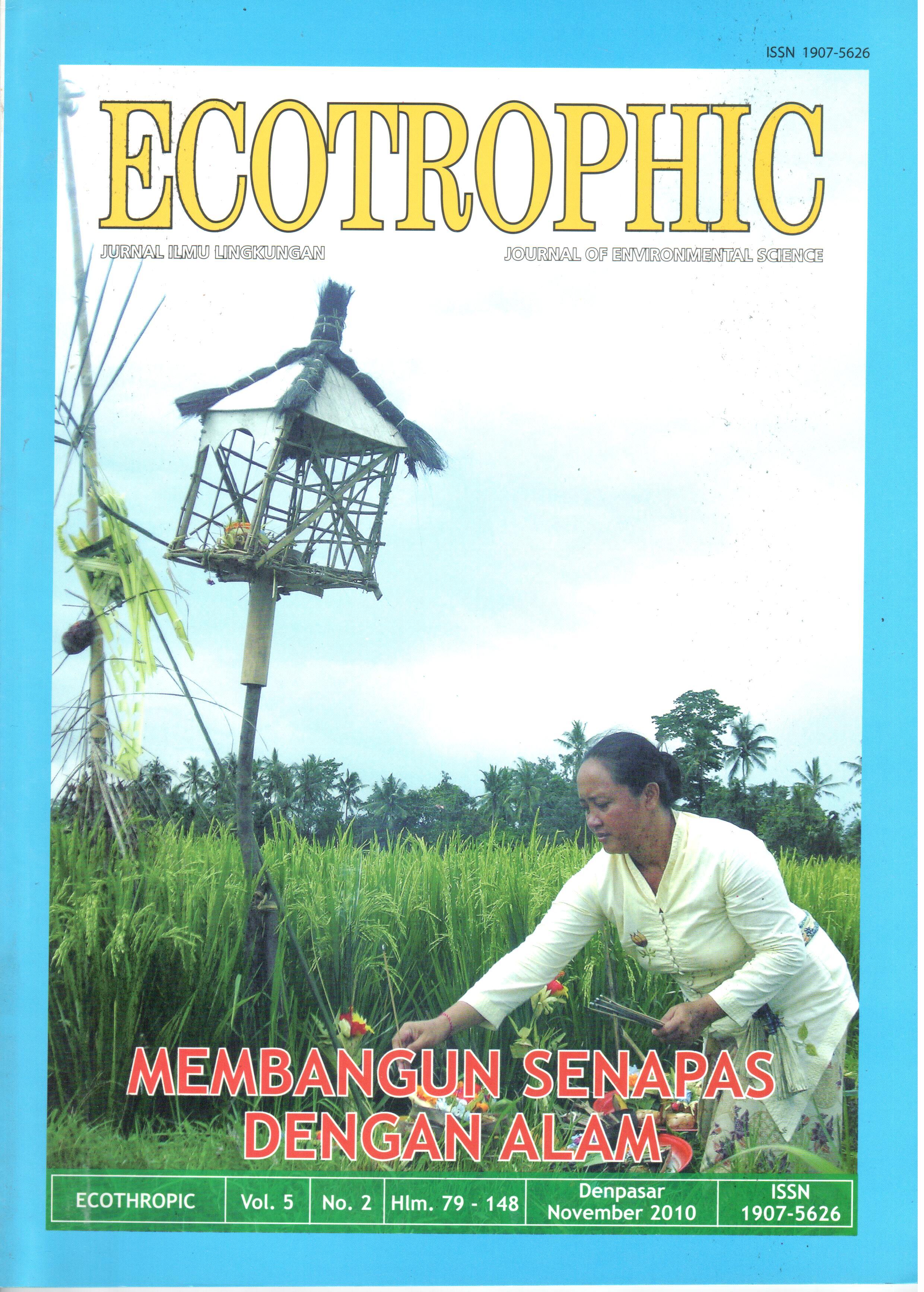IDENTIFIKASI SEKS RASIO TUKIK PENYU HIJAU (Chelonia mydas) DAN PENYU BELIMBING (Dermochelys coriacea) DI BERBAGAI PANTAI PENELURAN UTAMA DI INDONESIA
Abstract
Sex ratio is highly dependent on incubation temperature. The optimum temperature of 28 ° C - 30 ° C can result in sex ratio 1: 1. The high temperature will be produced predominantly female hatchlings, and vice versa. The incubation temperatures influenced by some environmental factors such as rainfall, air temperature, air humidity, sand temperature, sand humidity, sand type and vegetation. This research carried out at the Sukamade beach - East Java, Sangalaki island - East Kalimantan and Jamursba Medi beach - West Papua. Results showed the unbalanced sex ratio of sea turtle hatchlings in each of study area. The Sukamade beach generated 75% of male hatchlings in nests under vegetation, 100% female hatchlings in the nest on open beaches, and 87.5% male hatchlings in the hatchery. While the sex ratio of hatchlings produced on Sangalaki island are 100% male in nests under vegetation, 72.22% male hatchlings in the nest on open beaches and 94.44% male hatchlings in the hatchery. On the Jamursba Medi beach produced 90.9% male hatchlings from nests on open beaches. Based on correlation analysis, a significant correlation showed between sex ratio and incubation temperature with significance of 0.01. While there is no significance correlation showed between sex ratios by environmental factors, with significance of 0.942 for the air temperature variable, 0.340 for the air humidity, 0292 for amount of the rainfall, 0799 for the sand fraction, and 0.331 for the sand humidity. All of these significance are greater than 0.05.


